Nitro Fluids, known for its fracking prowess in the oil and gas sectors, sought refuge in Chapter 11 bankruptcy.
Filed in the Southern District of Texas’s court, the company pointed to a sharp revenue dip from industry consolidation as the culprit behind its dire financial state.
A Peek into Nitro’s Finances
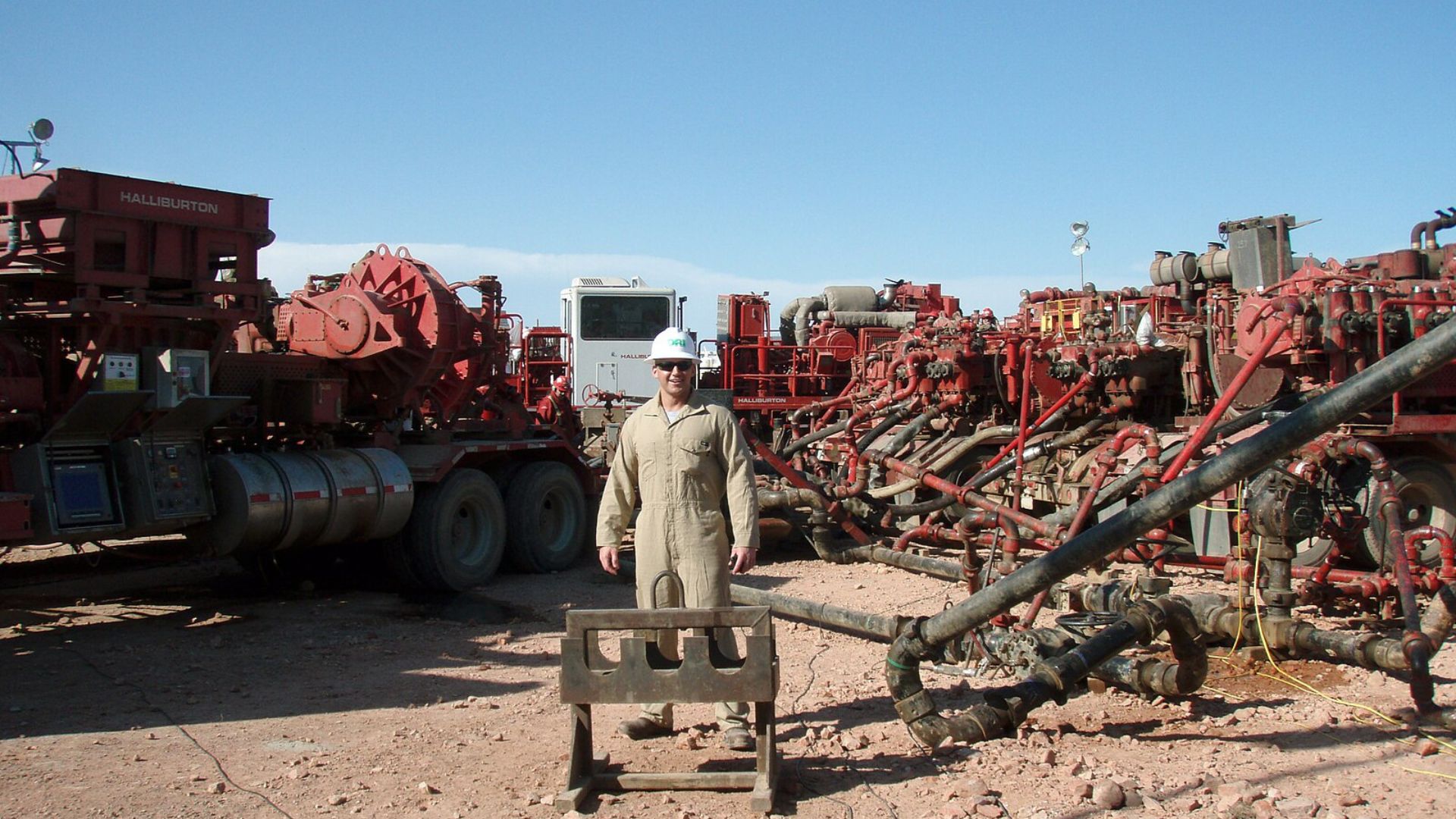
The bankruptcy documents lay bare the tough numbers: assets and liabilities swirling between $50 million and $100 million.
With $234,000 in the bank and weighed down by over $52 million in debts, it’s clear the company’s financial tank is running dangerously low.
Cash Flow Crisis Unveiled
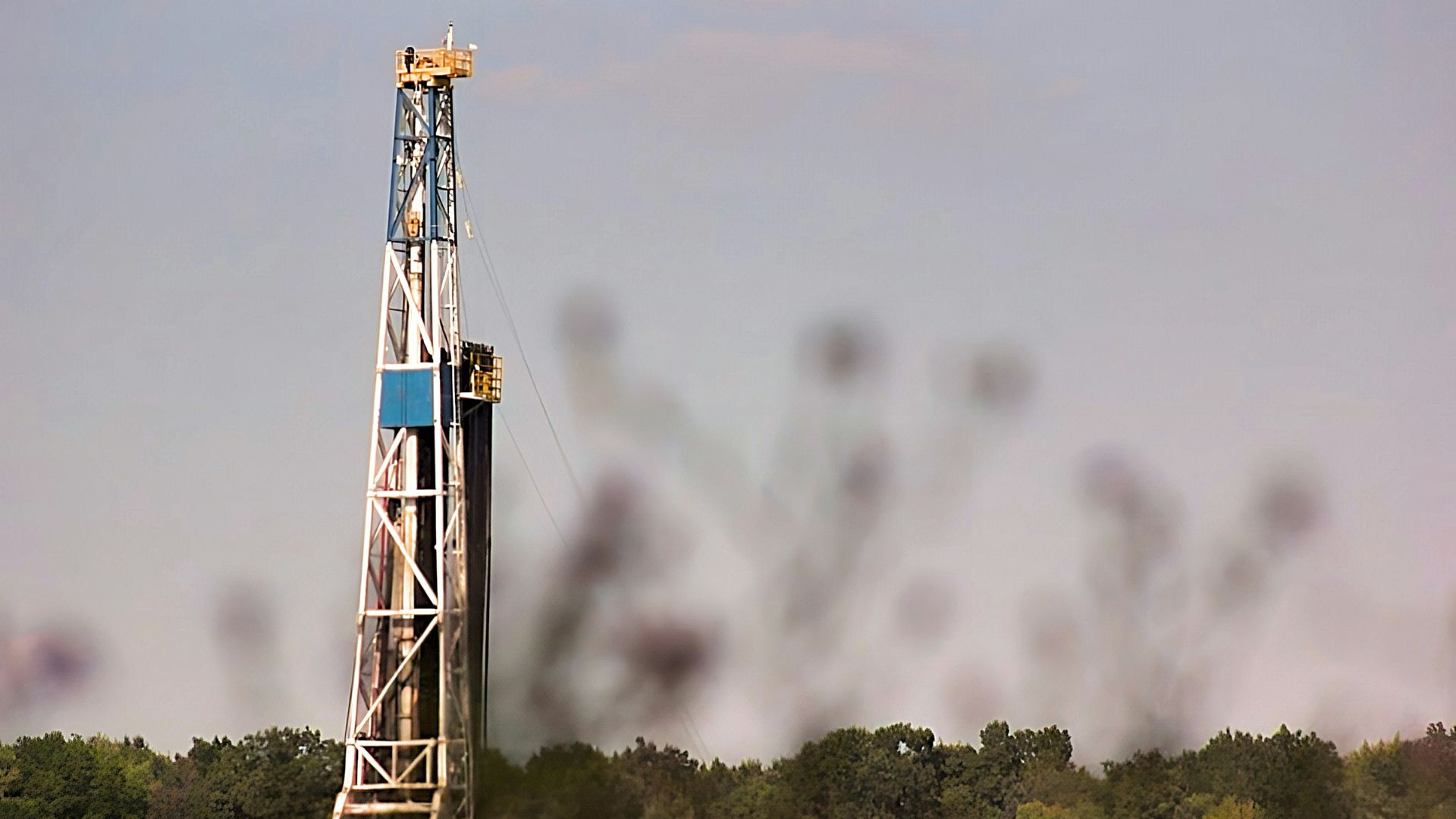
Brad Walker of Riverbend Special Situations Group didn’t mince words in his May 17 declaration.
He said, “the ability to generate positive cash flow to service its debt and trade obligations had been severely affected by an economic slowdown in the oilfield fracking services and related infrastructure markets since 2020.” It’s a stark admission of the economic headwinds Nitro faces.
Revenue Takes a Nosedive
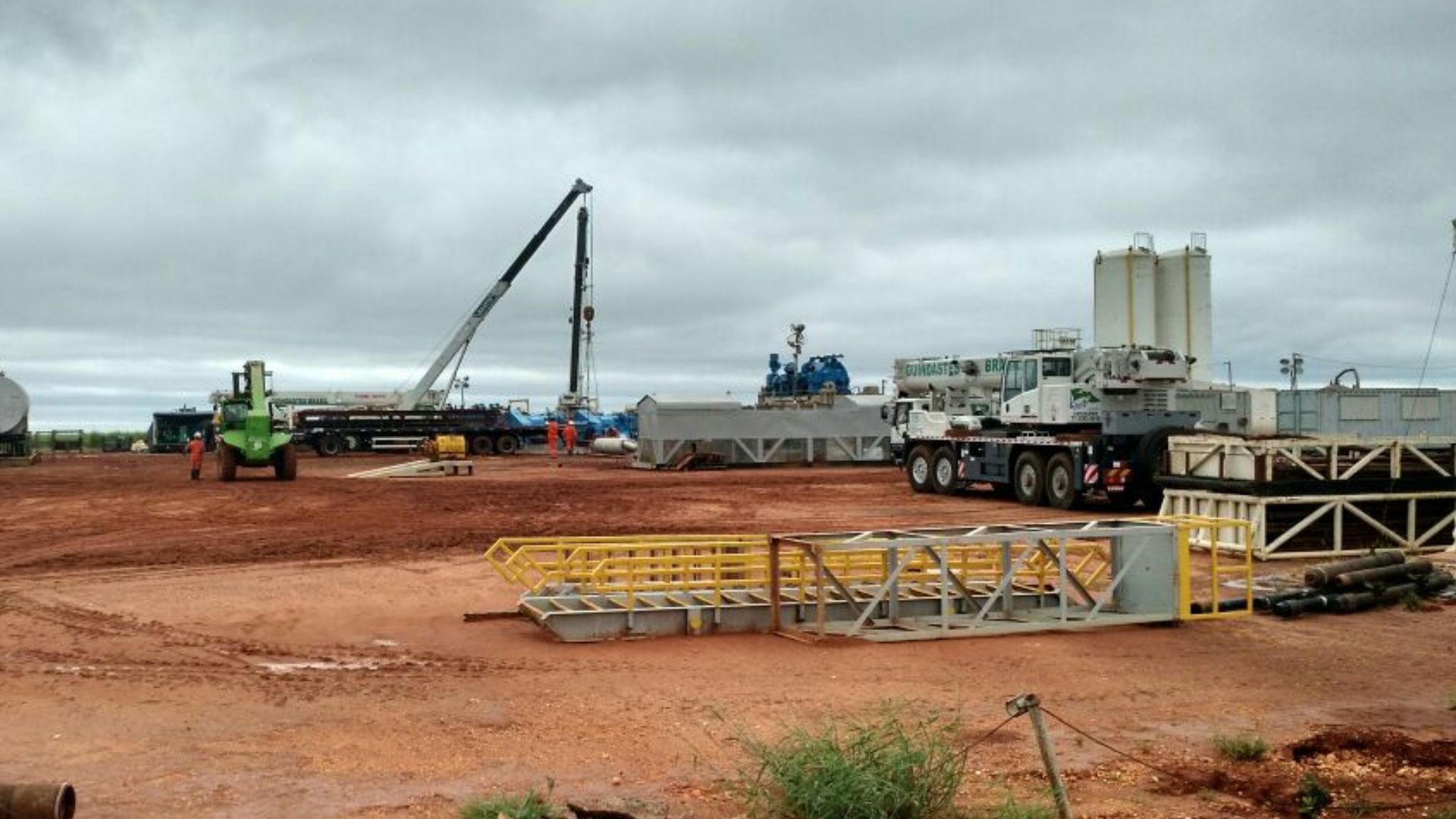
The once-stable stream of income has dried up dramatically for Nitro, plummeting from a healthy $1.2 million monthly average in 2023 to a mere trickle under $100,000 by March 2024.
The aftermath of a major client merger—Earthstone into Permian Resources—cut Nitro’s revenue in half almost overnight.
Nitro’s Financial Lifeline
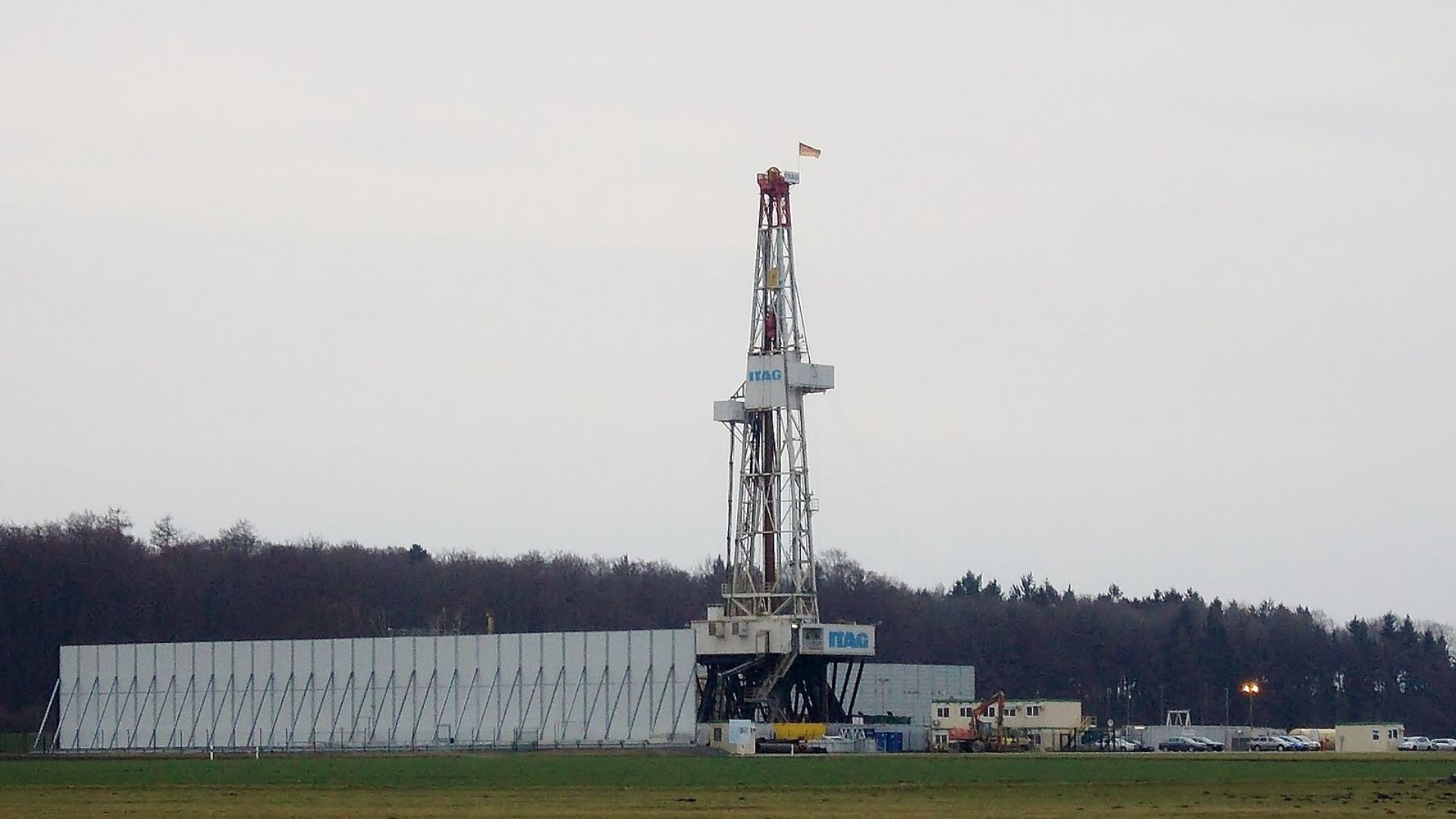
Amidst this financial turmoil, Nitro missed payments on $36.95 million it owed to Simmons Bank NA.
Desperate for a financial lifeline, the company is now angling for up to $6 million in emergency financing to keep the lights on through the bankruptcy.
Legal Battles Loom Large

Nitro’s troubles aren’t just financial.
They’re also tangled in legal woes, including a hefty $8.9 million jury award against them in a patent infringement case with Cameron International Corp. dating back to 2018. With potential damages looming between $3 million and $27 million, the stakes are high, and the legal battles fierce.
What Is Fracking?
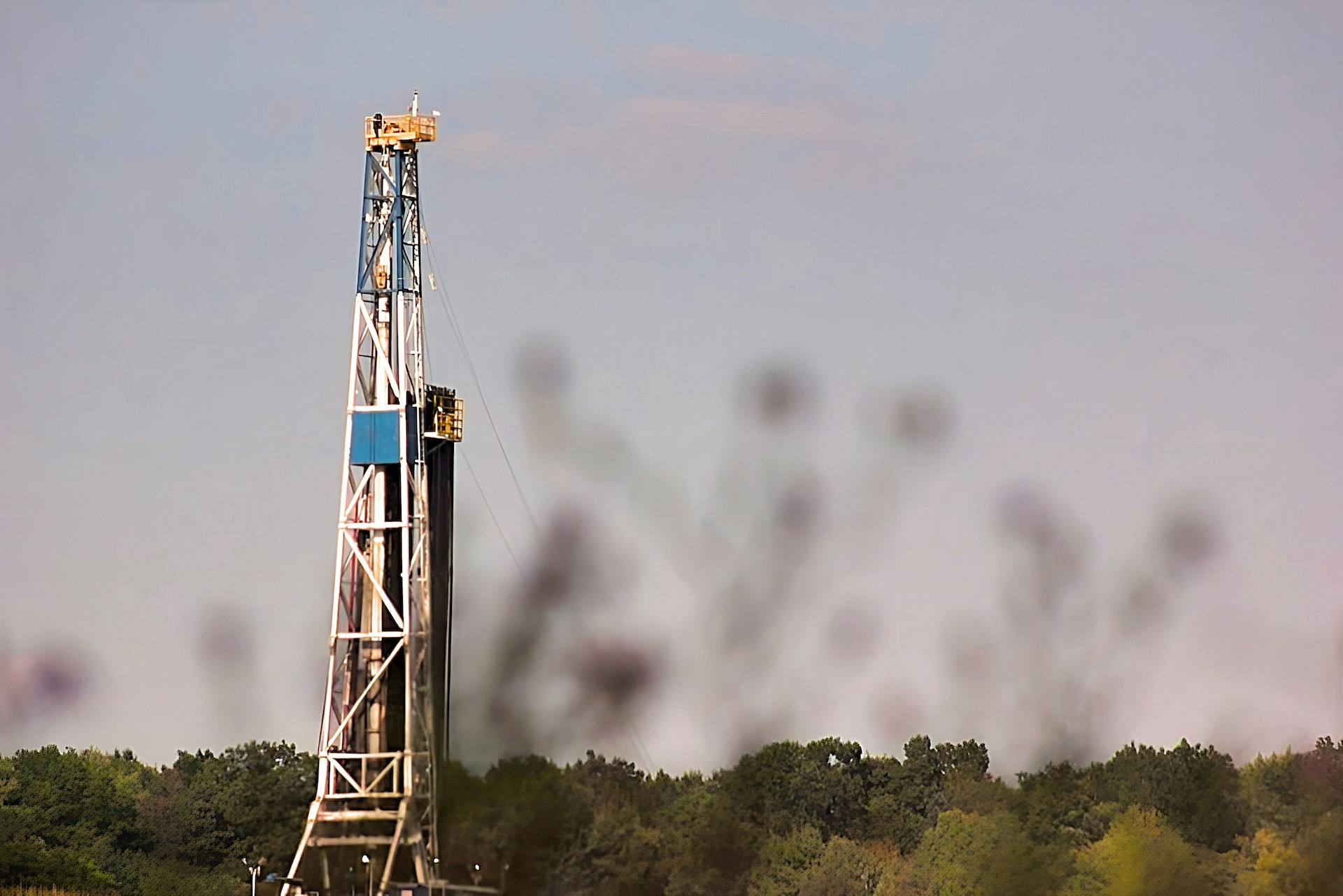
The use of hydraulic fracturing in oil and gas development projects is a controversial issue. The practice involves the injection of liquids and materials at high pressure to create small fractures within tight shale formations.
This process stimulates the production of oil and gas from an underground well after drilling has ended and the rig and derrick have been removed from the site.
Fracking’s Environmental Risk

Several environmental groups, including the Sierra Club and Americans Against Fracking, have opposed fracking because the process can contaminate drinking water, devastate thousands of neighborhoods, threaten wildlife as well as people, and for several other reasons.
Fracking and its association with waste disposal can cause seismic events.
An Uniquely American Success With Consequences

The Independent Petroleum Association of America also claims fracking has “brought cleaner air by significantly reducing U.S. greenhouse gas emissions to 25-year-lows” (via The Street).
However, the Sierra Club contradicts IPAA’s greenhouse gas statement: “There is clear evidence that natural gas and oil extracted by fracking are major greenhouse gas contributors. Methane released via extraction and transport is 86 times more potent as a greenhouse gas than CO2 over a 20-year time frame.”
The Fracking Debate Heats Up
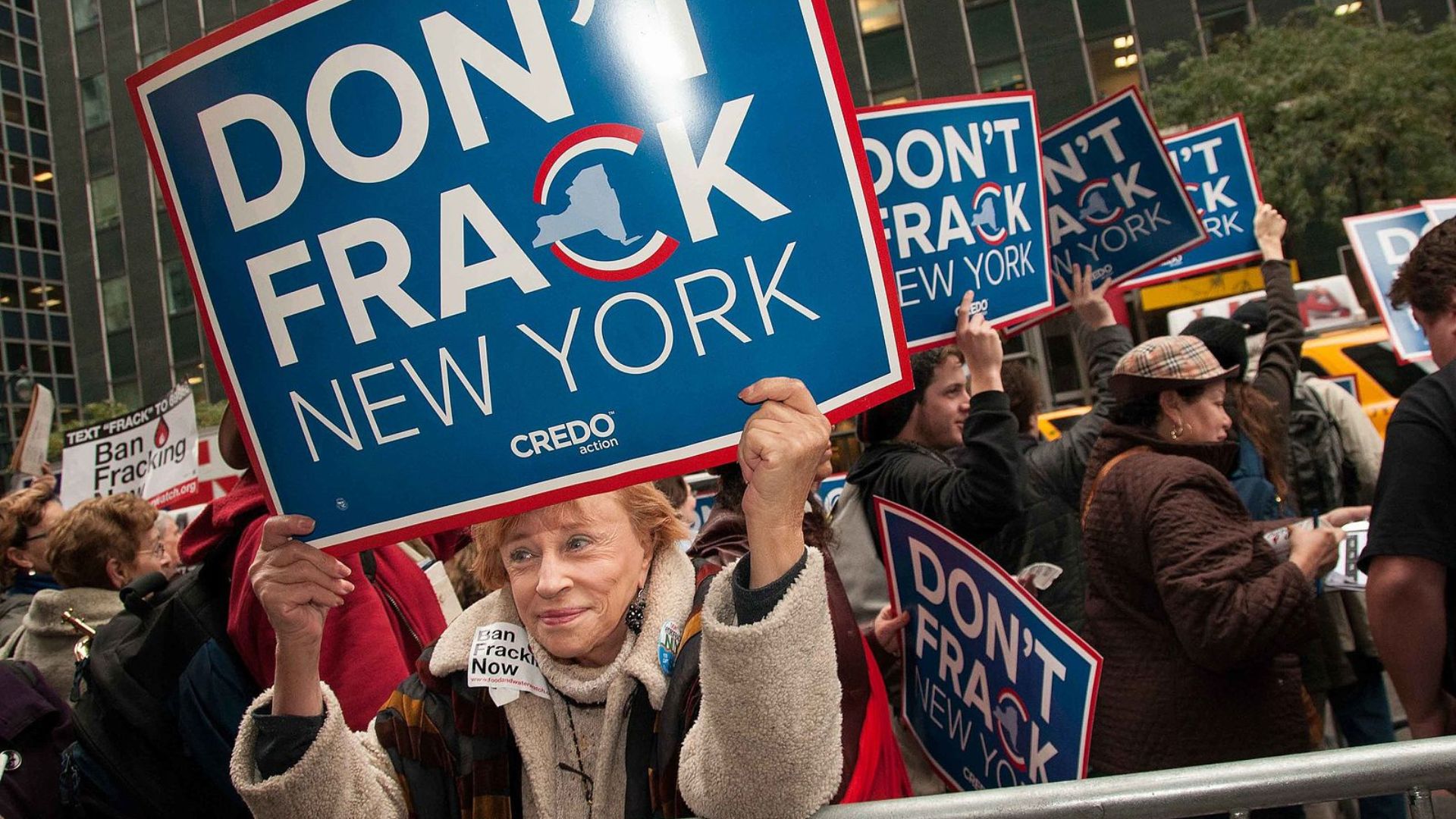
Fracking, the heart of Nitro’s operations, remains hotly contested across the U.S.
States like California and New York have shut the door on the practice, citing environmental risks, setting the stage for a broader national debate on the future of American energy.
Texas Stands Alone on Fracking

In a bold counter-move, Texas, where oil runs deep, outlawed local fracking bans back in 2015.
This stance not only illustrates the state’s deep economic ties to oil but also its commitment to sustaining the industry despite growing environmental concerns.
The U.S. Attempts to Limit Fracking

The U.S., however, is not as excited about fracking as Texas is. Five bills were recently introduced in Congress. The laws are intended to protect people from drinking water contamination, toxic waste, and toxic air pollutants.
These five bills, known as the “frack pack,” have been sponsored by Members of Congress from around the country.
Financial Distress of the Fracturing Industry

Beyond the controversies, the hydraulic fracturing industry has faced significant challenges due to the consolidation of U.S. crude oil and natural gas exploration and production companies in 2023.
As the industry undergoes mass mergers and acquisitions, some companies are failing to avoid financial distress.
Fracking Isn’t As Talked About These Days
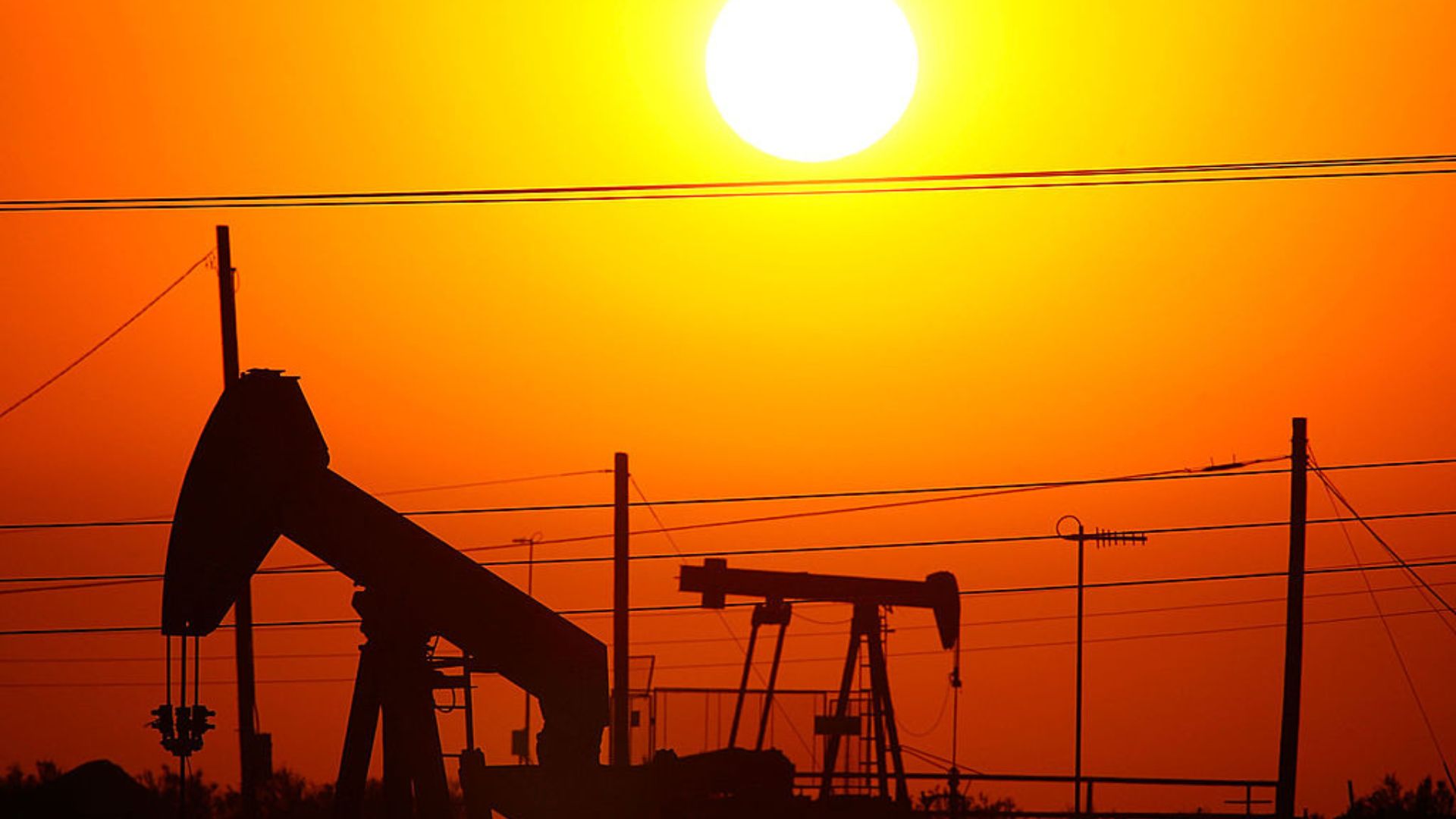
While fracking and its dangerous impacts haven’t been in the news as much in recent years, that doesn’t mean its impacts are non-existent.
Human health, the environment, and public safety are still at threat as fracking continues. Scientists are still attempting to learn more about the serious and long-term risks of fracking operations.
Fracking Contributions to Wastewater
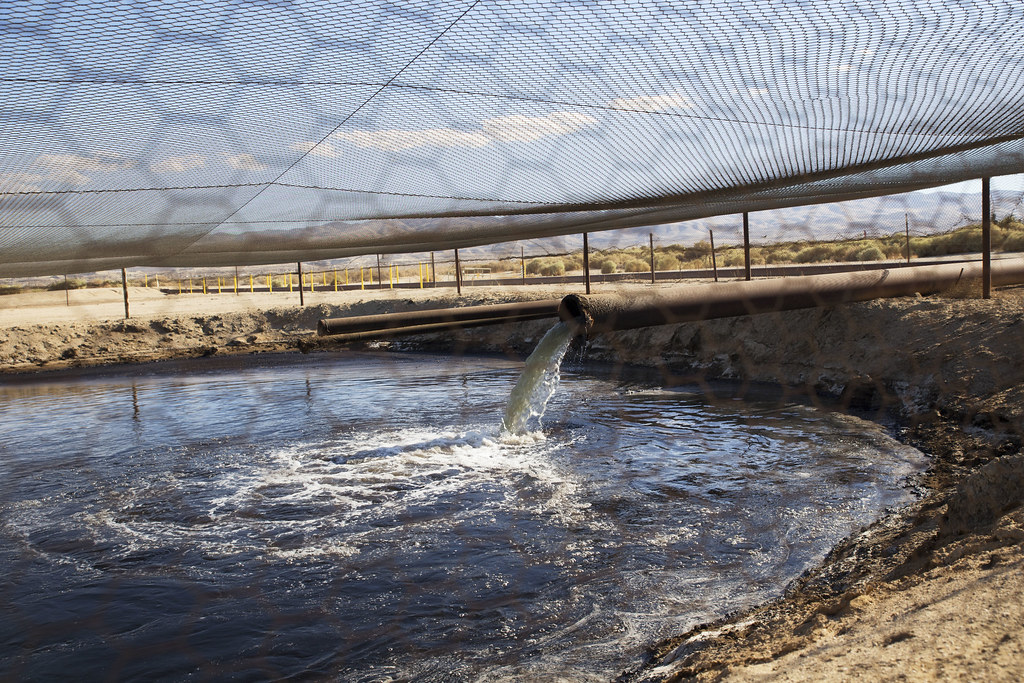
Eight US states generated more than a billion barrels of wastewater from both conventional and unconventional wells in 2021.
However, California and Texas lead the pack when it comes to wastewater from fracking, with California producing 3 billion barrels and Texas producing 8 billion barrels.
Fracking’s Championed Benefits
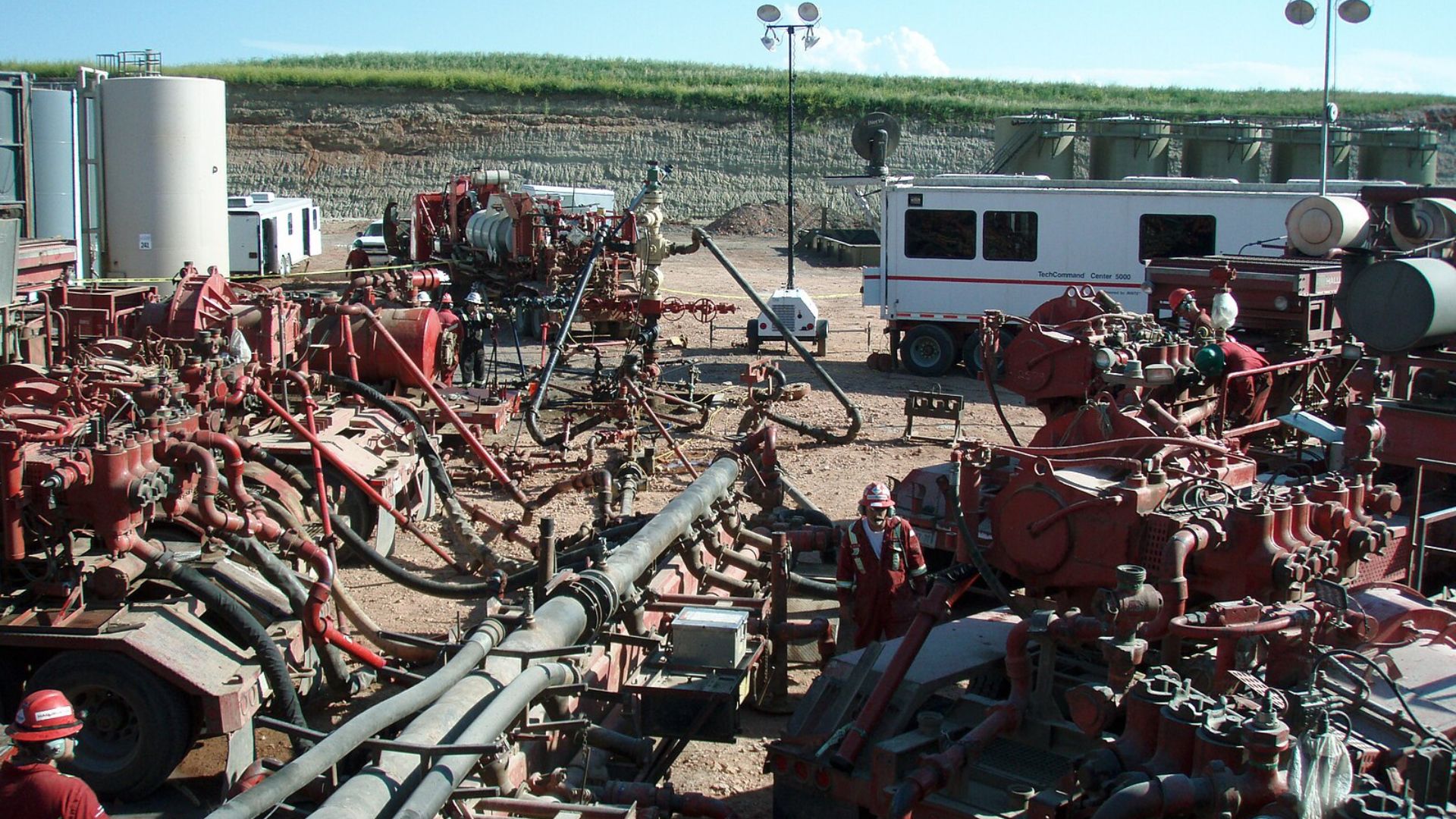
The Independent Petroleum Association of America stands firm on fracking, hailing it as a game-changer that sharply cut U.S. greenhouse emissions to their lowest in 25 years.
For them, it’s not just a technology but a pivotal player in the nation’s energy strategy.
Consolidation’s Crushing Blow
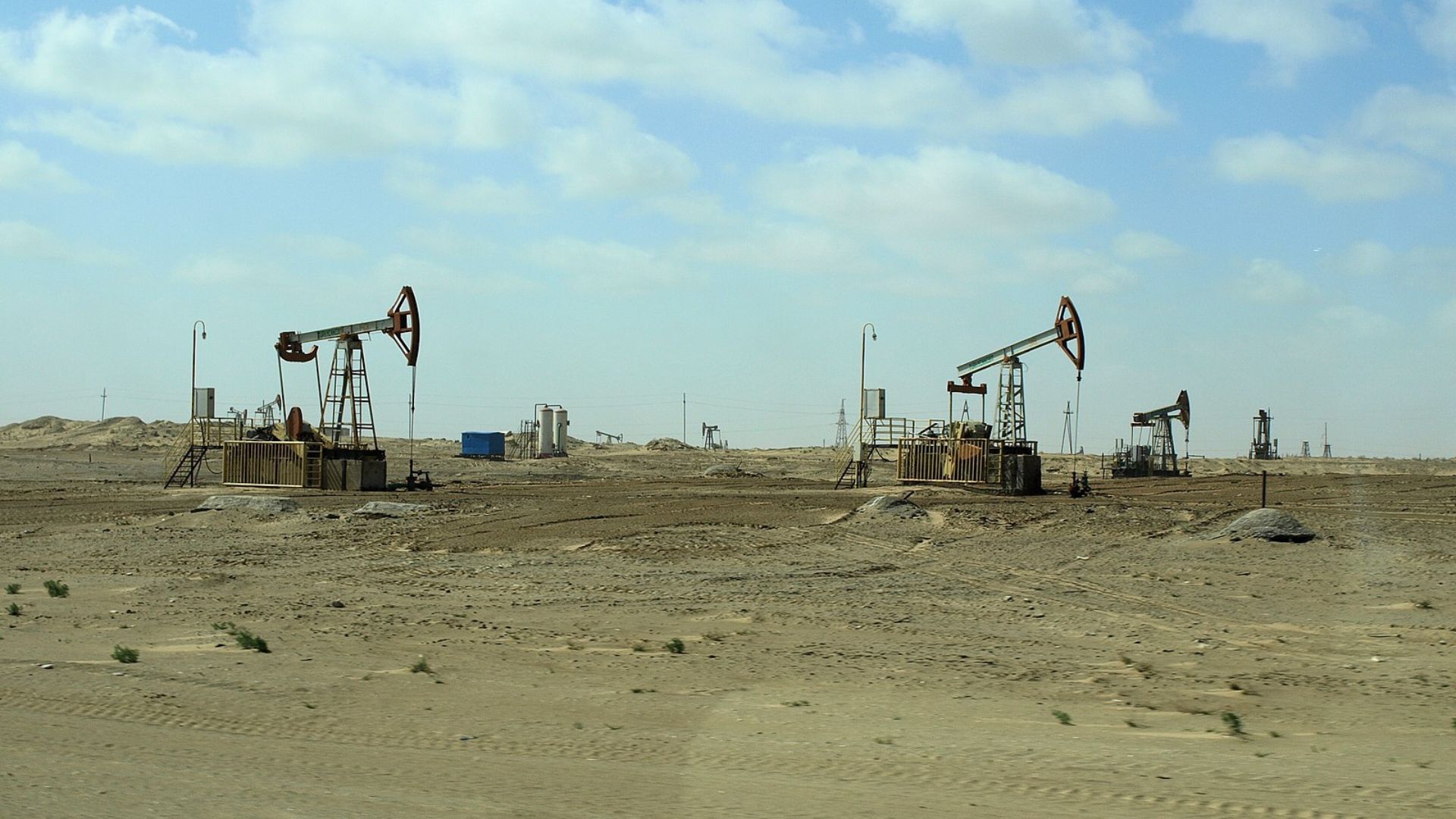
Nitro Fluids is a textbook example of how swiftly market consolidation can upend smaller industry players.
The merging of key clients has left Nitro grappling with vulnerabilities that have pushed it to the financial brink, highlighting the fragility of niche service providers.
What’s Next for Nitro Fluids?

As Nitro navigates its Chapter 11 saga, the outcomes will resonate far beyond its corporate walls, potentially setting new precedents for the fracking industry.
The process is not just about survival but stabilizing operations in the face of unprecedented challenges.
All Eyes on Nitro
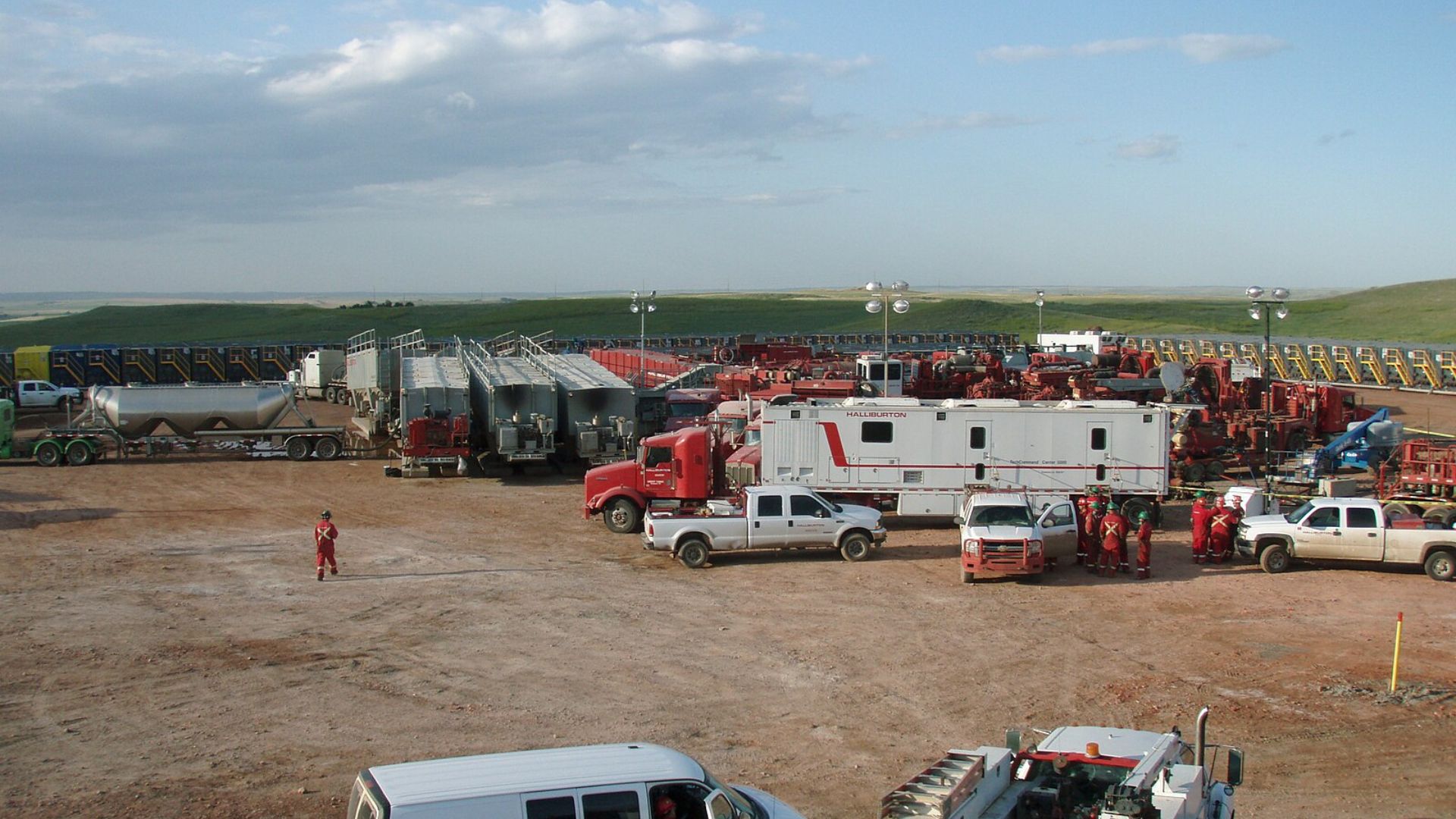
The broader oil and gas industry watches with bated breath as Nitro Fluids’ bankruptcy unfolds.
Stakeholders are keen to see whether Nitro can successfully reorganize and recover from its current financial and legal challenges.
Fracking Has Lead to a New Discovery
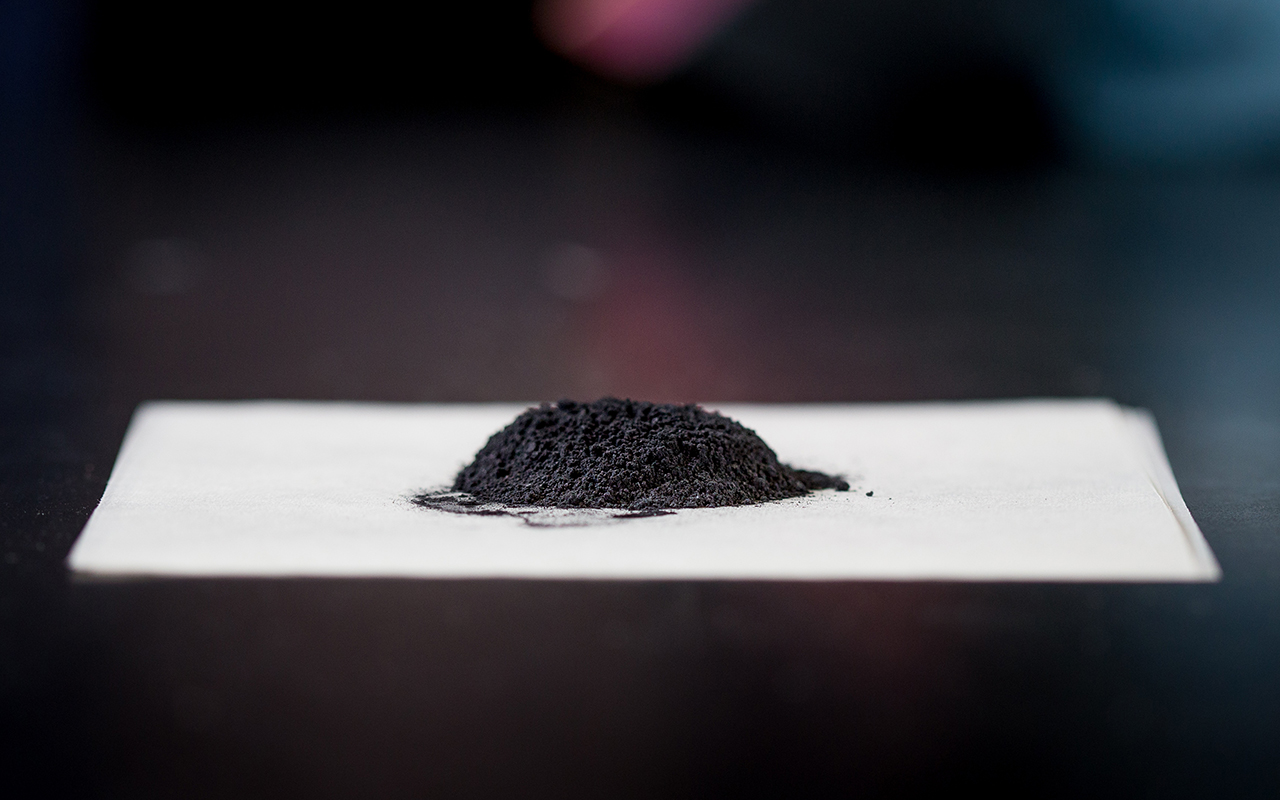
While fracking has been booming for the last two decades, largely thanks to Penn State geoscientist Terry Engelder’s calculations of the US being able to generate 489 trillion cubic feet of accessible natural gas deposits, a new resource has caught the attention of the gas industry.
A study from researchers at the National Energy Technology Laboratory shows the wastewater produced by Pennsylvania’s unconventional wells could contain enough lithium to meet about 40% of current domestic consumption.
Lithium Is Critical to the U.S.

Lithium is a critical mineral that has become an “essential component” for many clean energy technologies that have come to be daily objects in everyday life in the US.
Many of these clean energy technologies include batteries for electric vehicles.
A New “Goldmine”
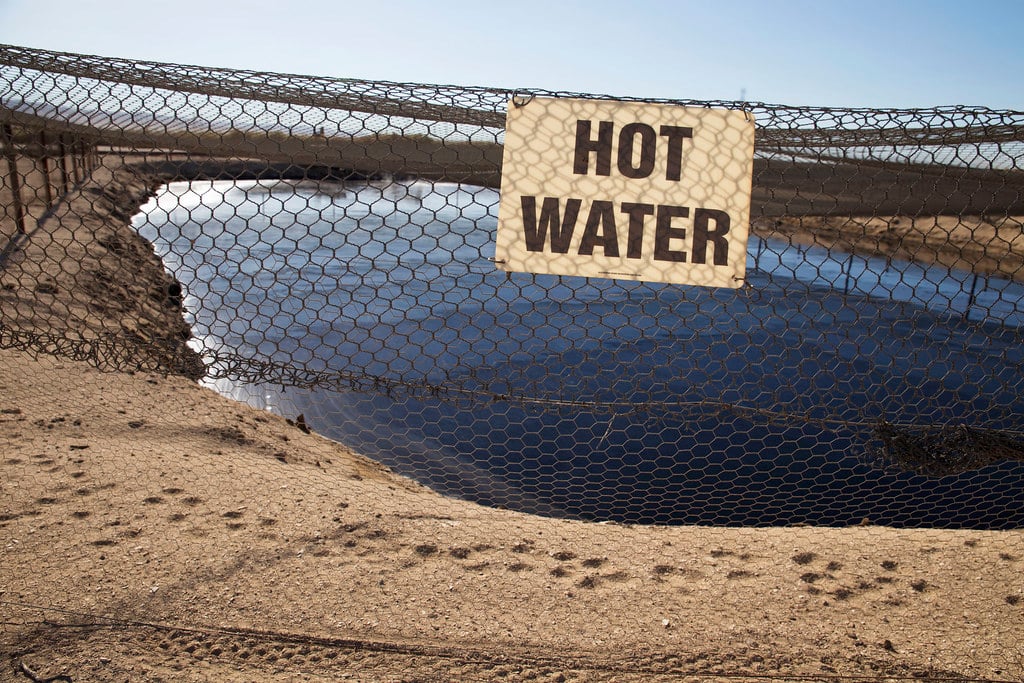
The study discovered this “goldmine” of lithium using chemical and production compliance data from the Pennsylvania Department of Environmental Protection to estimate that approximately 1,160 metric tons of lithium per year could be extracted from the fracking wastewater.
The combination of fluids used for fracking and water from natural underground formations that return to the surface during the drilling process brings the lithium to the surface.
The Source of Lithium
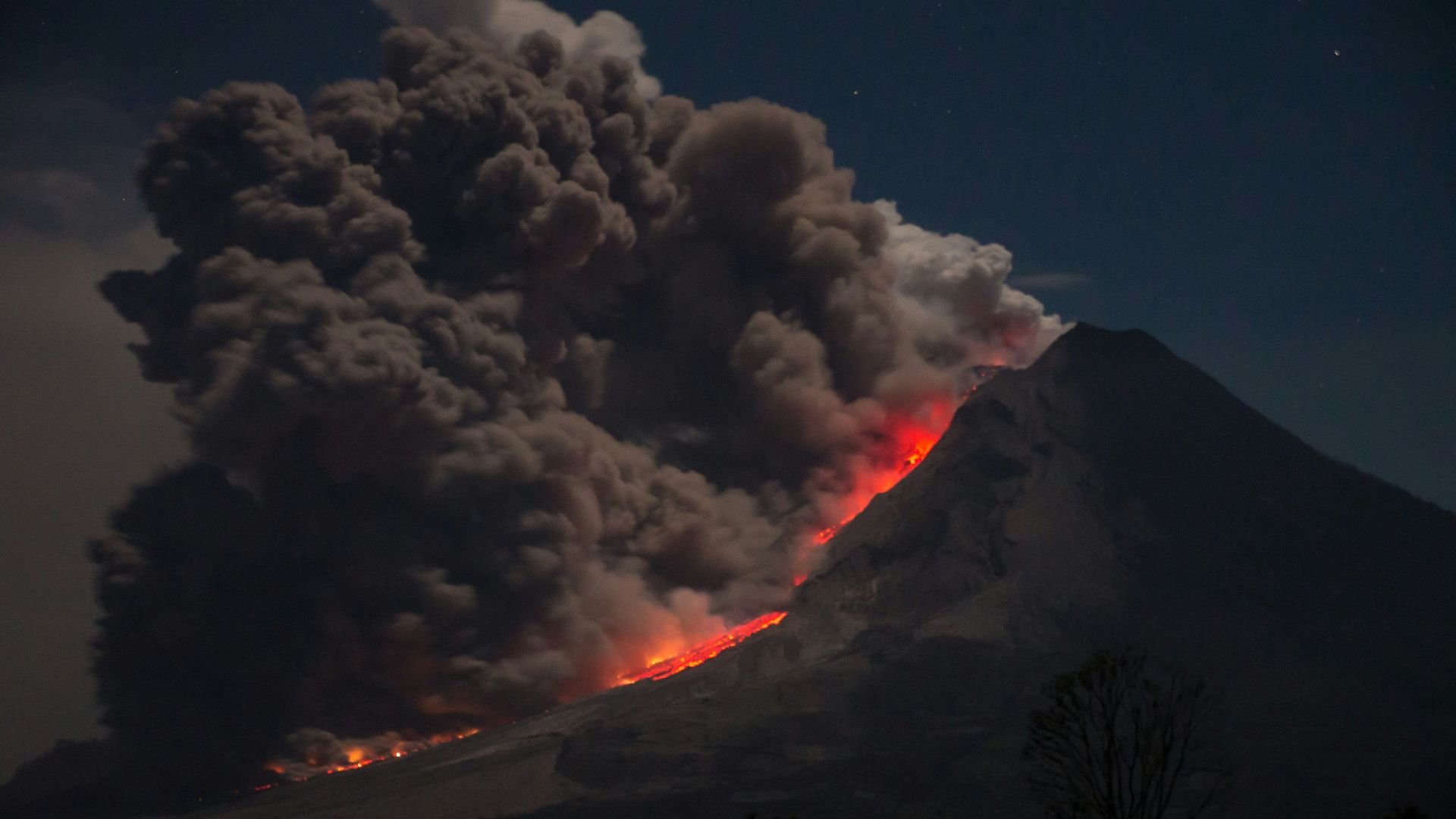
However, fracking is not the reason why lithium is now being discovered in the wastewater. Instead, it is believed that an ancient volcano is the source.
Volcanic ash contained lithium that eventually seeped into the underground water. It is now being brought to the surface for the first time.
Lithium-rich wastewater Isn’t Just in Pennsylvania

Lithium-rich wastewater isn’t just a resource found in Pennsylvania. “Pennsylvania has the most robust data source for Marcellus shale,” Justin Mackey, a researcher at the National Energy Technology Laboratory, said in a media statement. “But there’s lots of activity in West Virginia, too.”
“Wastewater from oil and gas is a burgeoning issue,” the scientist pointed out. “Right now, it’s just minimally treated and reinjected.”
